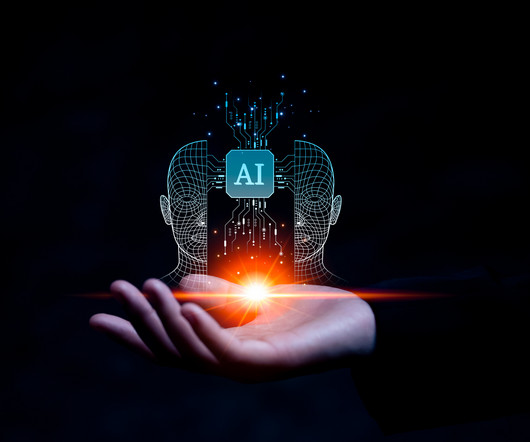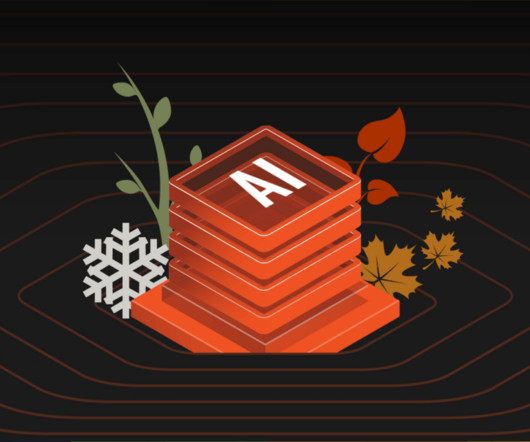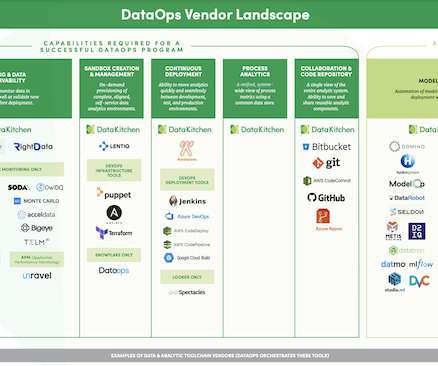Anomaly detection in machine learning: Finding outliers for optimization of business functions
IBM Big Data Hub
DECEMBER 19, 2023
Anomalies are not inherently bad, but being aware of them, and having data to put them in context, is integral to understanding and protecting your business. The challenge for IT departments working in data science is making sense of expanding and ever-changing data points.





























Let's personalize your content